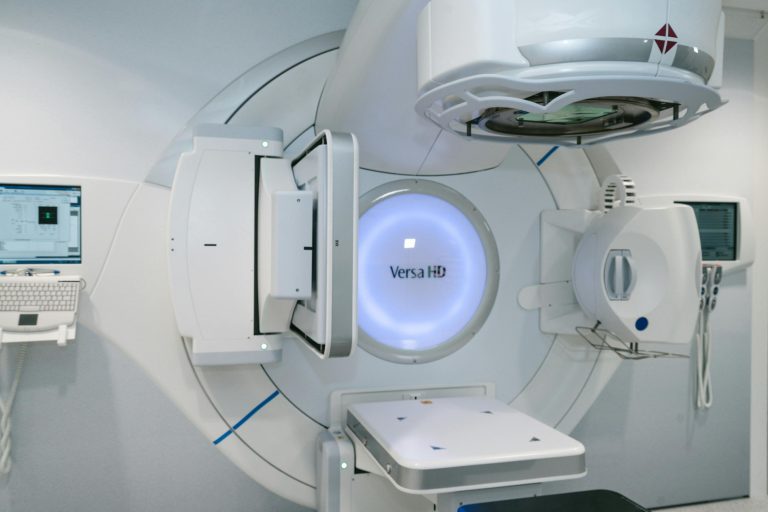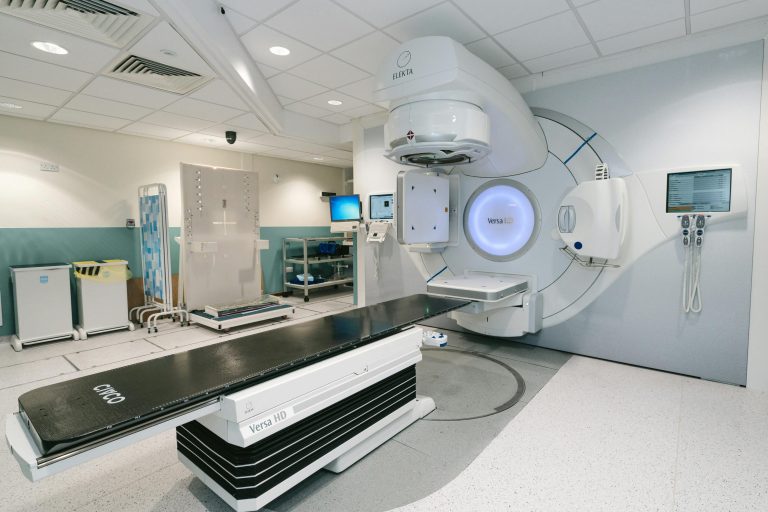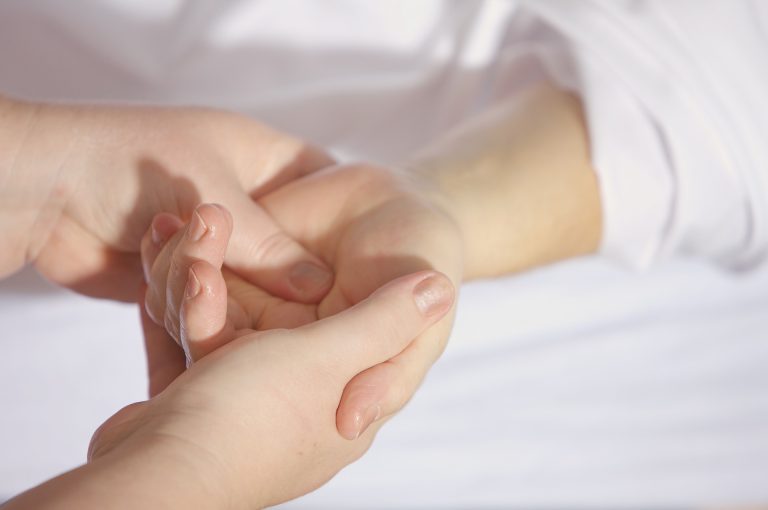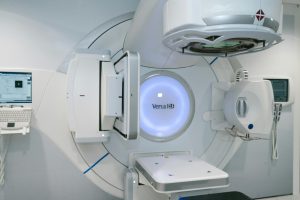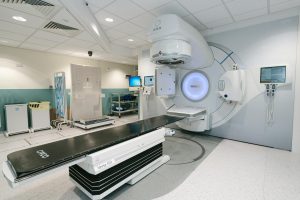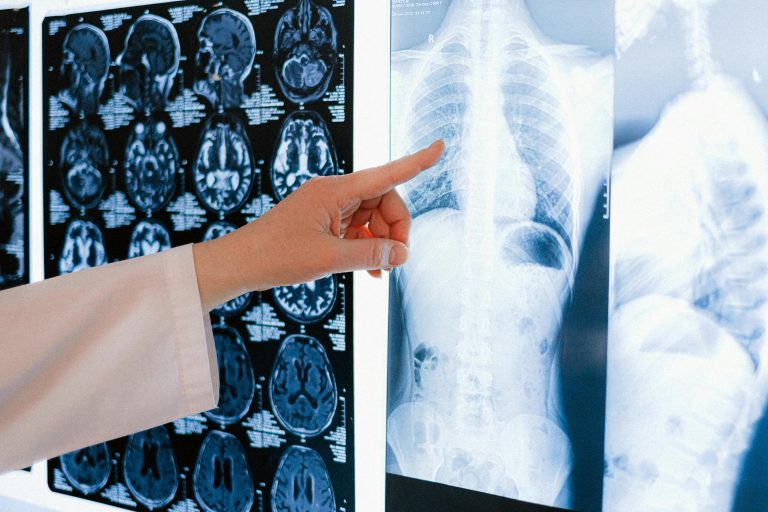The medical service panel in a hospital patient room, also known as the headwall or bedside panel, contains a variety of essential services and connections designed to support patient care. These panels are strategically positioned, typically behind or beside the patient’s bed, and include:
- Medical Gas Outlets:
- Oxygen: To provide supplemental oxygen to patients.
- Medical Air: Used for respiratory therapy and powering certain medical devices.
- Vacuum (Suction): For removing bodily fluids or for suction devices used during patient care.
- Nitrous Oxide: Occasionally provided for certain anesthetic or pain management procedures.
- Electrical Outlets:
- Call Button: Allows patients to alert nursing staff when they need assistance.
- Intercom: Sometimes includes a two-way communication system for direct conversation with the nursing station.
- Monitoring and Data Ports:
- Standard Power Outlets: For powering medical devices and other equipment.
- Emergency Power Outlets: Connected to the hospital’s backup power system to ensure critical devices remain operational during power outages.
- Nurse Call System:
- Telemetry Ports: For connecting patient monitoring equipment (e.g., ECG, blood pressure monitors).
- Network Data Ports: For connecting electronic medical records systems or other hospital IT infrastructure.
- Lighting Controls:
- Overhead and Bedside Lighting: Controls for adjusting the room and reading lights.
- Night Lights: Low-intensity lights to provide visibility without disturbing the patient.
- Infusion Pump Mounts and Poles:
- IV Poles: For hanging intravenous (IV) fluids and medications.
- Infusion Pump Mounts: Secure mounting points for IV pumps and other infusion devices.
- Bed Controls:
- Integrated Controls: Some panels include controls for adjusting the position of the bed (e.g., raising or lowering the head or foot of the bed).
- Communication Ports:
- Telephone Jacks: For landline telephones.
- Intercom Systems: Additional communication systems for direct contact with hospital staff.
- Environmental Controls:
- Room Temperature and Humidity Controls: Allows adjustments to ensure patient comfort.
- Auxiliary Equipment Connections:
- TV and Entertainment Controls: Ports and controls for patient entertainment systems.
- Specialized Equipment Connections: Ports for connecting specialized medical devices, depending on the patient’s needs.
These panels are designed to centralize and organize the various services required for patient care, ensuring they are easily accessible to healthcare providers while maintaining a clean and functional environment.


